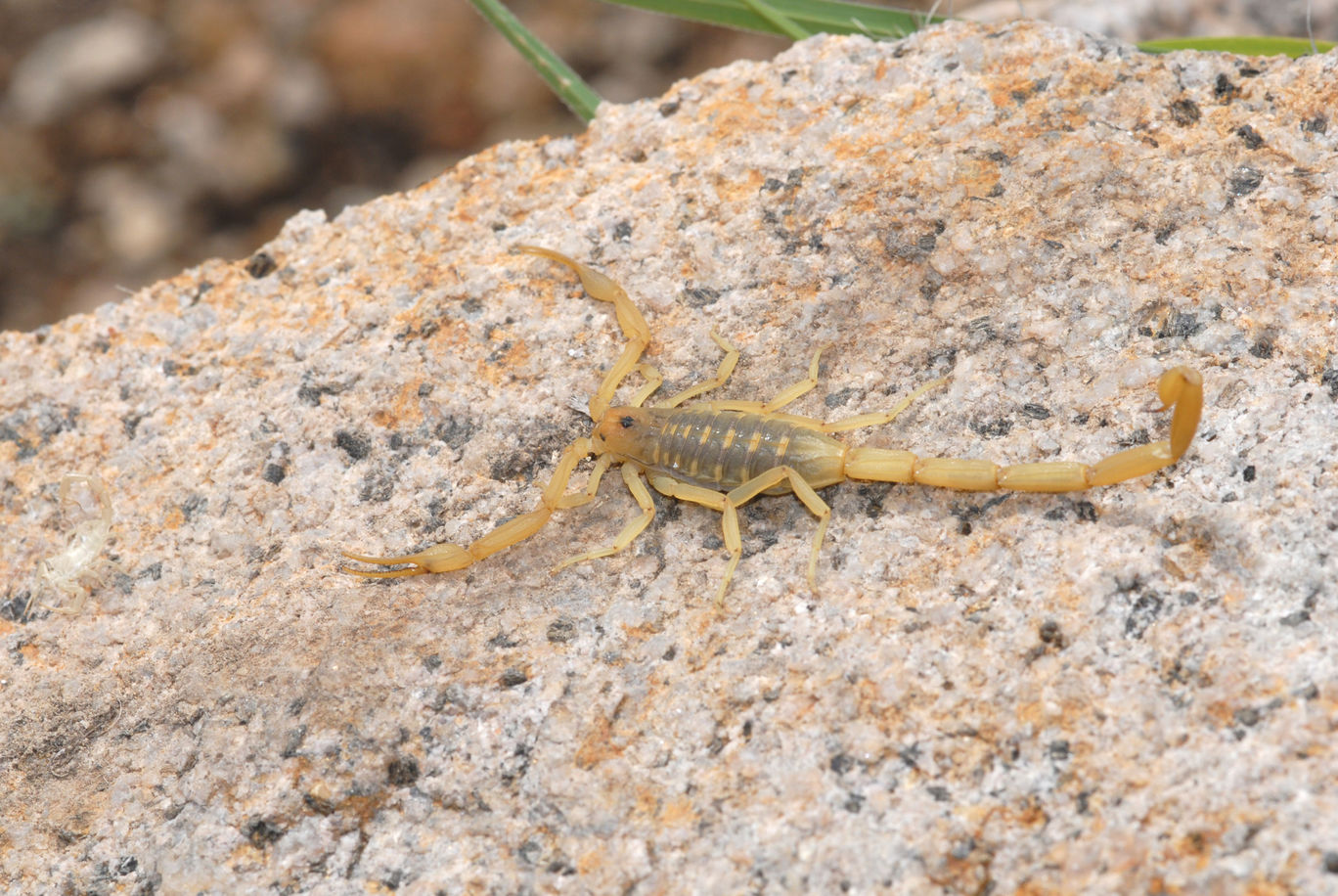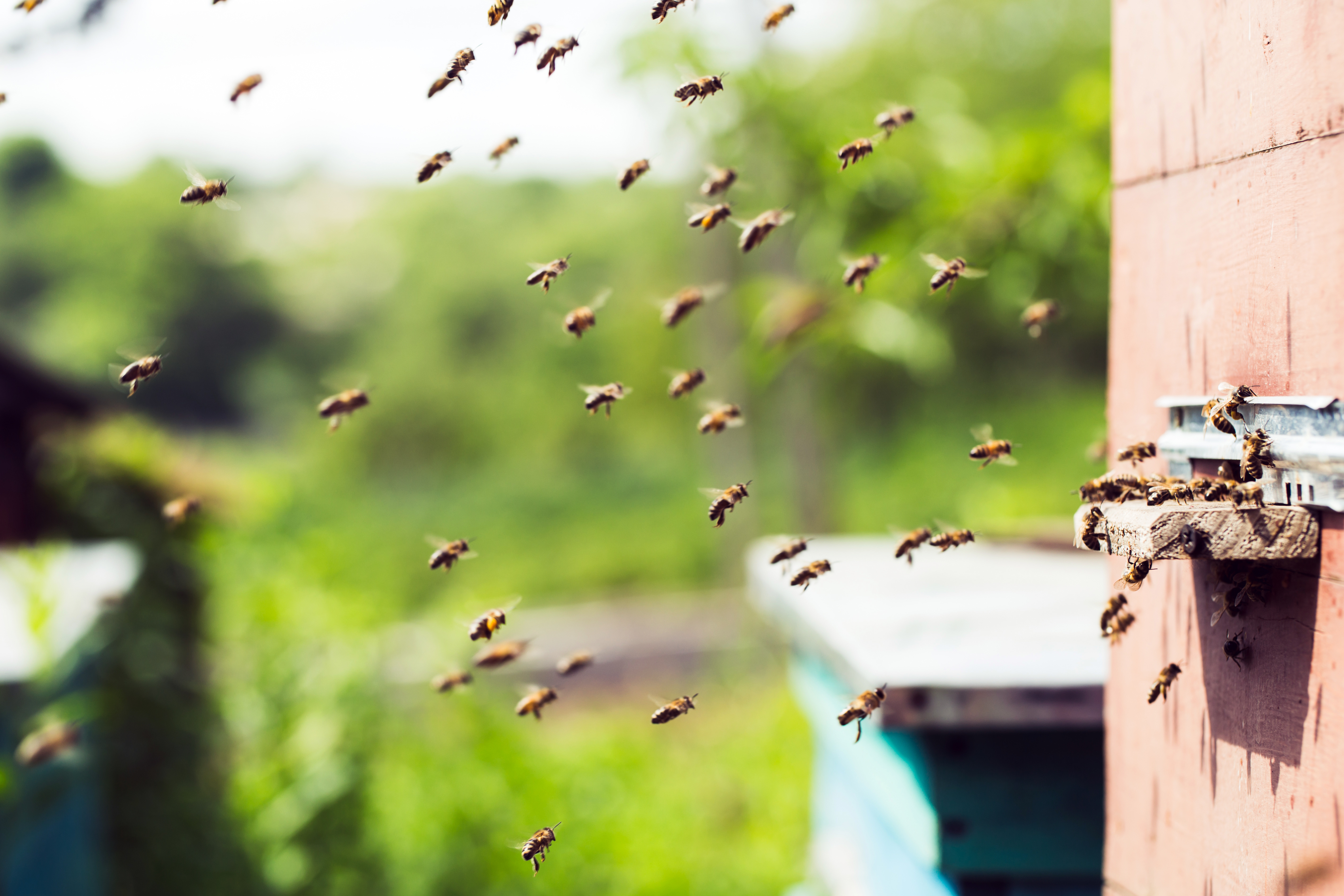
There are nearly 2,000 species of scorpions across the globe. In the U.S., they are most common in the South and Southwest. In California and Arizona, you can find more than 45 species of scorpions. With these pests being so popular in our area, it’s important to inform yourself so you can stay safe and your home can stay scorpion free. Here’s what you need to know about scorpions and how to control them.
Are scorpions poisonous?
While all scorpions are venomous, only a few are considered poisonous to humans. Scorpions use their venom to paralyze/kill their prey and to defend themselves. There are two species in the U.S. that are considered dangerous: the Stripebacked scorpion and the Arizona bark scorpion.
The stripebacked scorpion is small and varies in color. They are commonly found in the south-central U.S. as far east as Tennessee and as far north as Illinois. The sting of a stripebacked can be painful and dangerous. The Arizona bark scorpion is 1.5 inches long and a golden-yellow or light brown color with a slender tail and pincers. This scorpion has a painful sting that can be potentially lethal, especially in the case of children or the elderly.
Methods of control
There are scorpion-control products on the market that can be administered by a pest control professional. These products can help protect your home, yard or business from potentially dangerous scorpions.
For those who live in areas with a high amount of scorpions, take some precautionary steps. Seal all cracks in your home’s foundation or siding to keep them from entering the house. Make sure your windows and screens do not have holes in them. Rid your home of other pests that could be a source of food.
Help with Arizona Scorpion control
Contact Us for a free inspection. We build relationships with our clients so they feel free to communicate with us about their unique challenges. We also tailor our plans to each pest problem, making sure we remove critters the first time. Call us at (602) 688-4985 or send us a message at ftorres@cimexcontrol.com.

